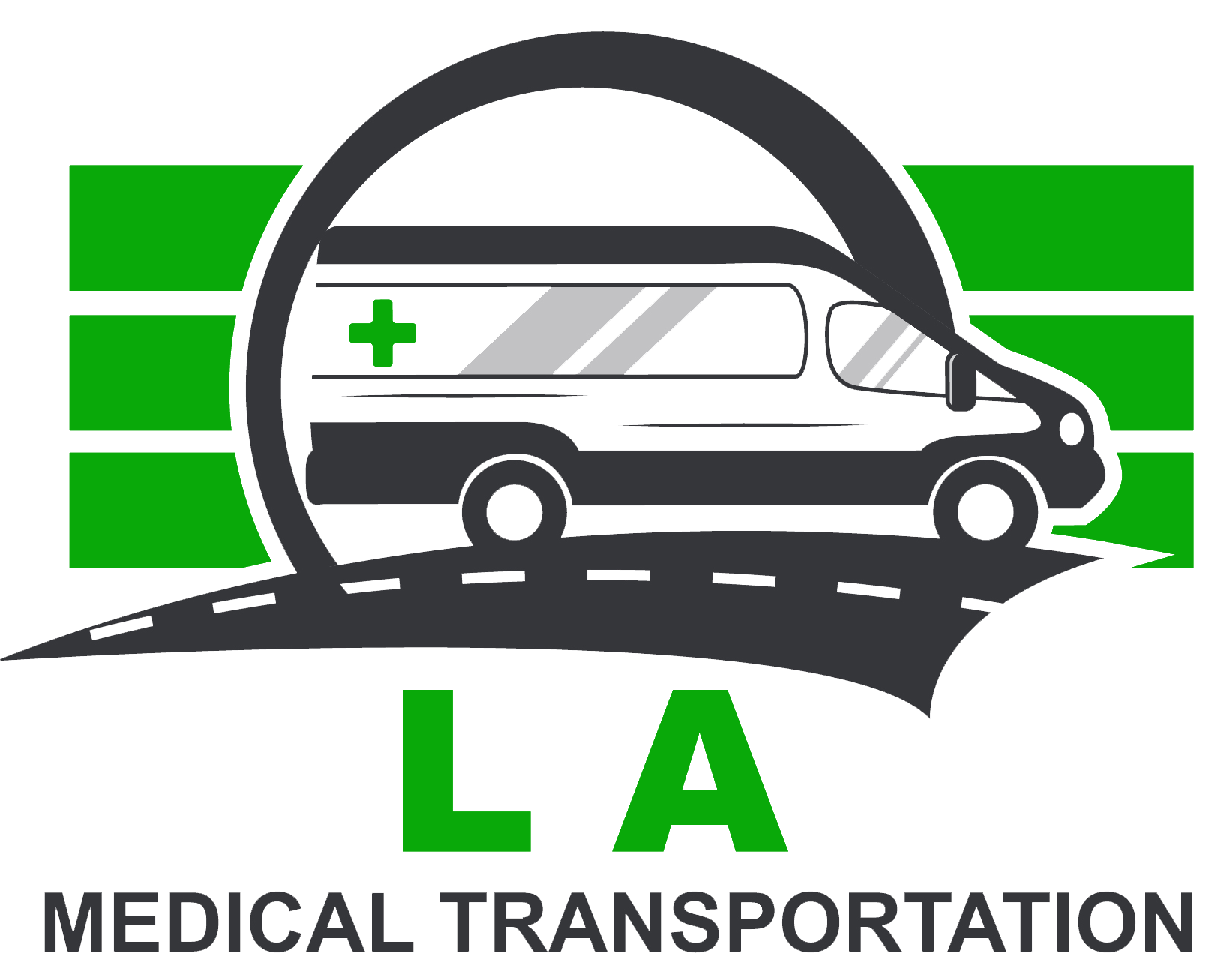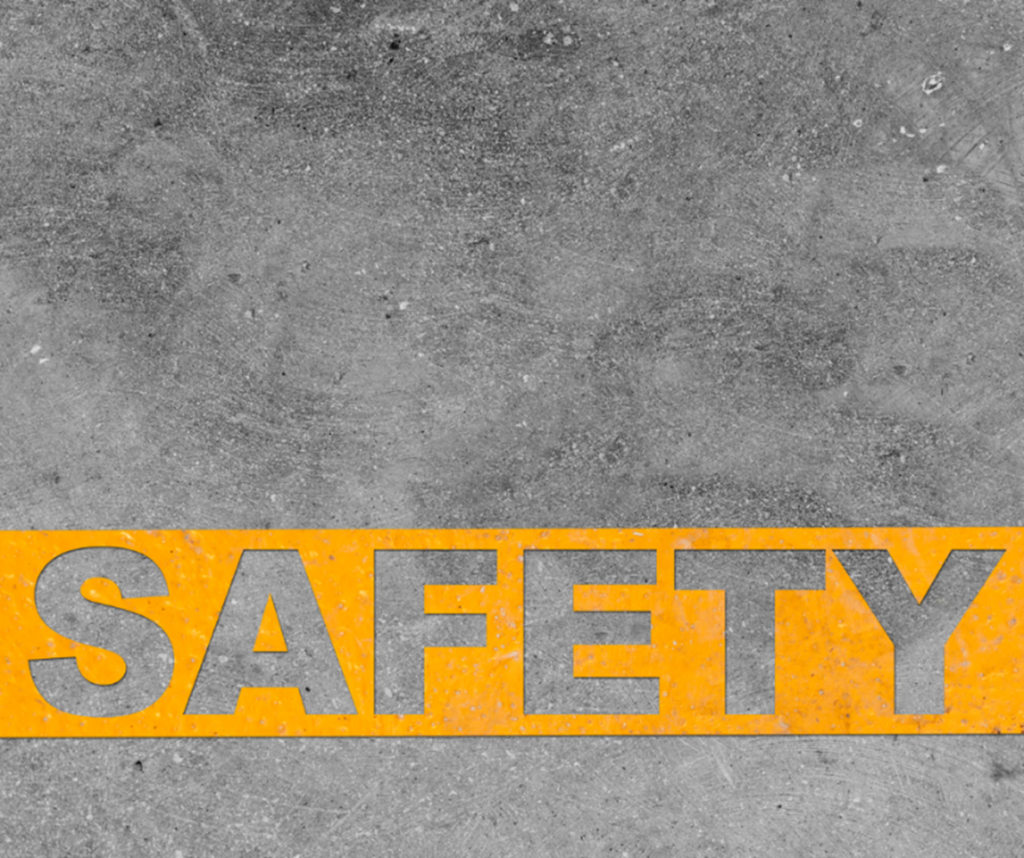For individuals with disabilities or medical conditions, accessing medical appointments and healthcare services is essential to daily life. However, getting to and from these appointments can present unique challenges and safety concerns, particularly for those who rely on a wheelchair for mobility.
LA Medical Transportation is a vital 24-hour service that helps individuals with disabilities safely and comfortably access medical appointments, social events, and other essential destinations.
You can contact us at (734) 353-6190 to learn more about our service and book yourself transportation.
In this blog, we will explore the essential safety considerations that individuals should be aware of when using wheelchair transportation.
1. Make Sure the Vehicle is Safe
It is essential to ensure the vehicle is well-maintained and in good condition before transportation. Regular maintenance, such as oil changes, tire rotations, and brake checks, can help prevent accidents and ensure the vehicle is in good working order.
If the vehicle is specifically designed for wheelchair transportation, it should have appropriate features such as a ramp or lift and secure wheelchair restraints. These features can help ensure the patient is transported safely and securely.
2. Use Caution When Entering and Exiting the Vehicle
Getting in and out of the vehicle can be potentially hazardous, and taking the proper precautions can help prevent accidents and injuries.
Before attempting to enter or exit the vehicle, it is vital to ensure that the wheelchair is aligned correctly. This can help to prevent the wheelchair from tipping over or becoming unbalanced.

3. Maintain Proper Posture
Poor posture while in a wheelchair can lead to various medical problems, including pressure sores, muscle strains, and decreased lung function.
Pressure sores are a common problem for individuals who use wheelchairs for extended periods. They develop when too much pressure on a particular body area, leading to tissue damage. Maintaining proper posture while in a wheelchair can help distribute pressure evenly, reducing the risk of developing pressure sores.
Moreover, sitting in a reclined position can compress the lungs and make breathing difficult. This can be especially problematic for individuals with respiratory issues. Maintaining an upright posture promotes good lung function and makes breathing easier.
4. Driver Should be Aware of the Patient’s needs
Wheelchair transportation drivers should be trained to be aware of patient needs, such as the need for assistance with transferring in and out of the wheelchair, as well as any medical or mobility concerns. Proper training can help ensure that the driver is equipped to handle any potential issues that may arise during transportation.
5. Ensure the Driver is Open for Communications
Communication with the driver to let them know about any specific needs or concerns they may have. For instance, patients may have mobility issues or medical conditions that require special attention during transportation. Communicating these needs to the driver can help ensure a safer and more comfortable transportation experience for the patient.
Summary
- The vehicle should be well maintained to prevent any possible accident which could cause injury to the wheelchair user.
- Make sure that the vehicle is aligned correctly to avoid any unbalance.
- Maintaining proper balance helps to avoid any tissue or muscle damage.
- The vehicle driver should know his duties to avoid any mishap.

